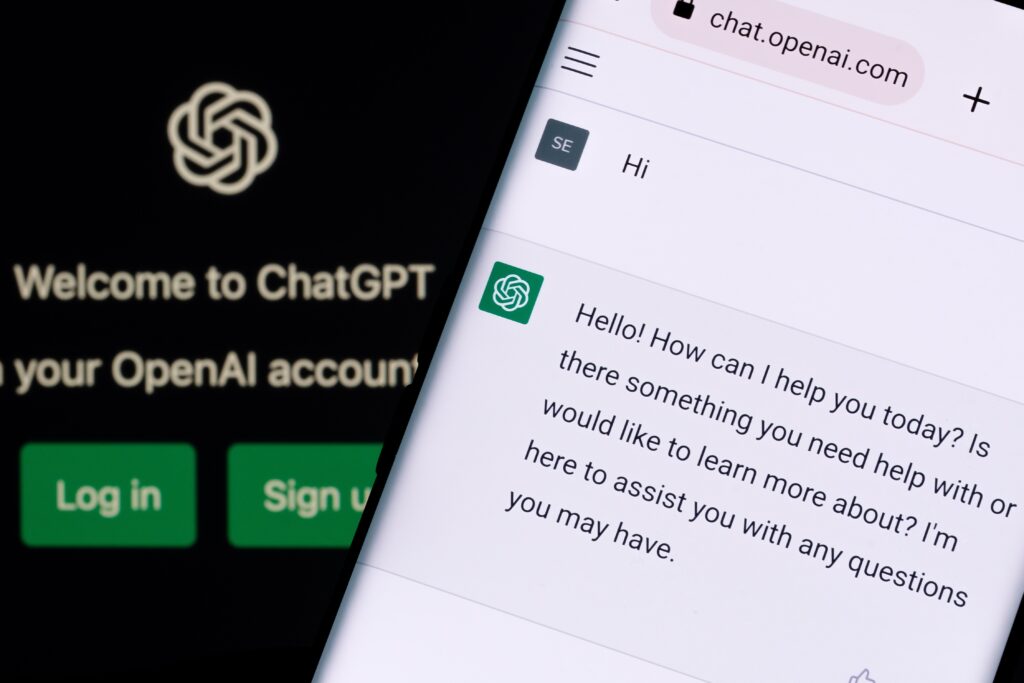New Safeguards Implemented for AI Models to Mitigate Biothreat Risks

OpenAI Enhances Safety Measures in New AI Models
OpenAI has recently made significant advancements in the safety protocols of its latest AI models, namely o3 and o4-mini. A newly developed reasoning monitor is now actively employed to help these models avoid generating harmful content, particularly content that could be used to create chemical or biological hazards.
Understanding the Reasoning Monitor
The “safety-focused reasoning monitor” is designed to analyze prompts that refer to dangerous materials. When it detects such prompts, it instructs the AI to suppress responses that could lead to harmful advice, effectively reducing the risk of misuse by malicious individuals. This innovative measure reflects OpenAI’s commitment to enhancing the safety of its AI systems.
Key Features of the New AI Models
The newer o3 and o4-mini models boast significant improvements over their predecessors. One of the most notable enhancements is their ability to effectively respond to queries about biological weapons while minimizing the risk of providing dangerous information. OpenAI’s internal verification teams dedicated over 1,000 hours to test and identify unsafe interactions with these models.
Test Results and Effectiveness
In preliminary tests, the safety monitor demonstrated impressive results by successfully blocking approximately 98.7% of risky prompts. However, OpenAI has noted a few limitations. The system does not factor in instances where users might rephrase their questions to bypass the monitor. Human oversight remains essential to address these potential loopholes.
Comparison with Previous Models
OpenAI has stated that neither o3 nor o4-mini fits the “high risk” category concerning its safety threshold. Nevertheless, they are notably more capable of responding to hazardous inquiries than previous models, such as o1 and GPT-4. This development signifies a more proactive approach in managing potentially dangerous content.
Monitoring Tools for Image Generation
In addition to the reasoning monitor, OpenAI has also deployed similar monitoring mechanisms to control harmful image generation in other models. However, some critics argue that there is still more work to be done in terms of ensuring comprehensive safety measures.
Transparency and Testing Concerns
Despite the new measures, there have been concerns surrounding the speed of testing and the availability of safety reports for the newly launched GPT-4.1. Unlike what has been observed in past iterations, this model was released without a corresponding transparency document, raising questions about the thoroughness of its safety assessments.
Advancements in AI Monitoring
These developments are part of a broader trend within the AI industry to place a greater emphasis on safety and ethical considerations. As AI technology continues to evolve, effective monitoring systems are vital in mitigating risks associated with misuse. This includes not only language models but also tools used for image creation, which can pose similar threats if not properly managed.
OpenAI’s commitment to responsible AI usage illustrates a growing recognition of the need for robust safety measures. As these technologies become more integrated into society, ongoing vigilance and assessment will be critical in navigating the challenges that lie ahead.





